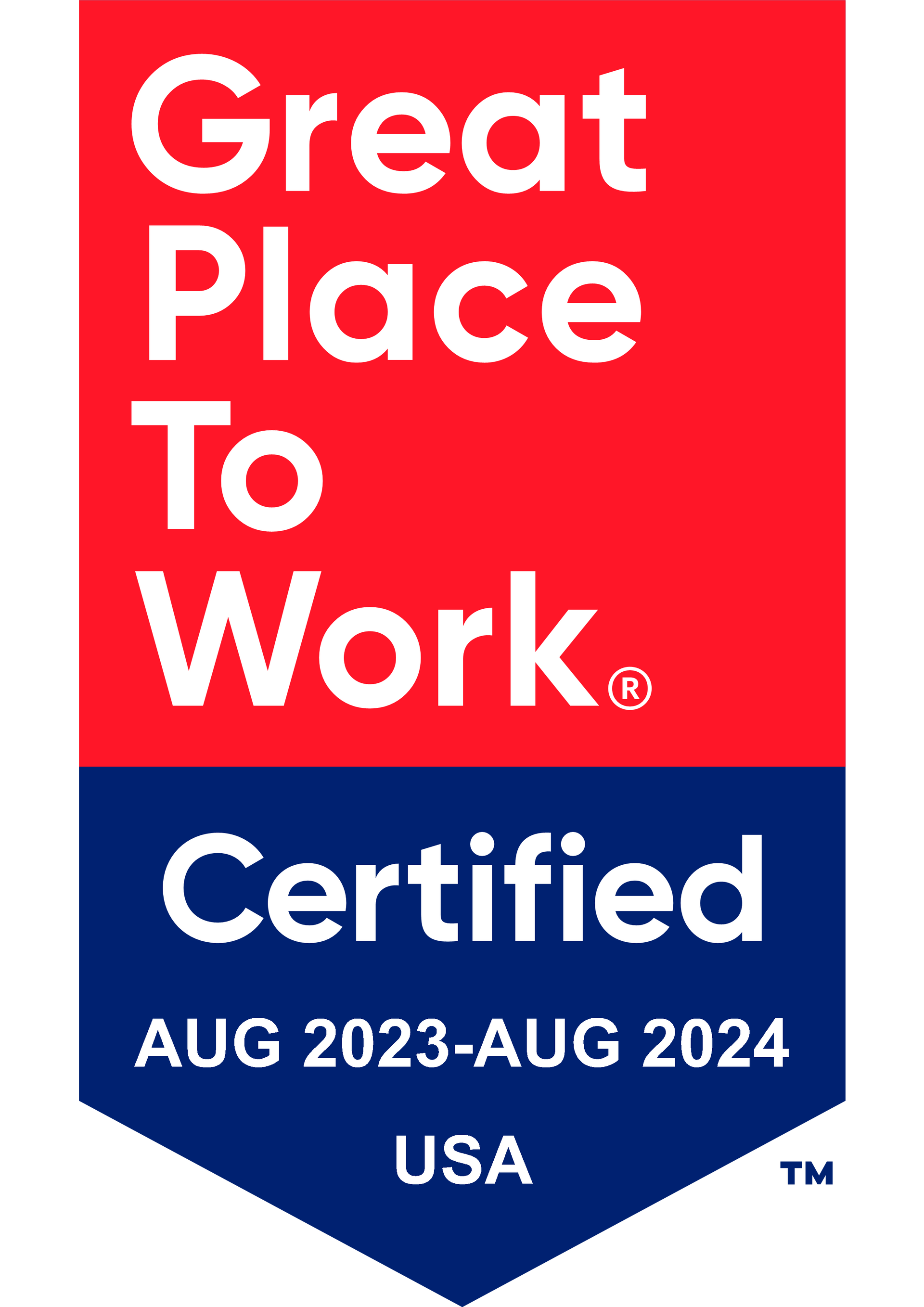Get in touch
408-366-8880
mymail@mailservice.com

Level-Funded vs Self-Funded Health Plans
When companies try to save money, they typically look at their most significant expenses to see if they can trim them down.
Health insurance is likely one of the highest line items in your budget, whether you're a small or large business owner. Your payroll is probably higher, and depending on the type of company you have, equipment and maintenance might be more costly, but employee benefits are always up there.
And these costs continue to grow every year! According to projections by the Centers for Medicare and Medicaid Services,
national health spending will increase by 5.5% per year until 2027.
So how can companies limit the ever-increasing costs of health insurance? Enter level-funding.
WHAT IS LEVEL-FUNDING?
There are three primary types of plans companies use to provide insurance for their employees:
- Fully Insured
- Self Funded
- Level-Funding
Each method has its advantages and disadvantages. To fully understand what level-funding is and how your business can benefit from it, it's important to gain a basic understanding of each of these approaches.
FULLY INSURED
Fully insured plans are your standard insurance policies. Individuals or groups can approach a carrier for a quote, and the insurance company will charge them a yearly premium to be paid monthly.
Throughout the year, regardless of the cost, it will be the carrier's responsibility to deal with the ensuing health costs of the individual or group. If the insured has a healthy year with low medical expenses, the carrier gains, and if the insured has a bad year, the carrier loses.
SELF-FUNDED
Larger groups have the benefit of mitigating medical costs by self-insuring. Take a company with 1,000 employees, with fully-funded premiums costing $20,000 per year per employee, for example. The yearly cost to the company is $20,000,000.
Instead of using a carrier to provide insurance, the company can decide to insure itself, figuring that the actual medical costs for its employees will be well below $20,000,000. Doing so would require hiring actuaries to review previous years' expenses to project future costs. It also means employing staff capable of administering all of the company's employees' claims.
In essence, self-insuring is a way of "cutting out the middleman." Rather than allowing an insurance carrier to take the risk — and reap the benefits — of taking on the business's health costs based on actuarial projections, the company assumes the risks. But it reaps the rewards if its actuaries get the numbers right, claims are managed correctly, and nothing goes drastically wrong medically in the company.
Throughout the year, the company covers its employees' medical bills as they accrue. This type of plan relies on the assumption that if several employees suffer from major conditions and incur high expenses, the healthy employees will diminish the impact through their lower medical costs.
LEVEL-FUNDED
What do you do if you don't want to hire a team of actuaries to run your numbers? What if your business isn't set up to hire staff to manage claims? What if your company doesn't have enough employees to withstand the potential risk of high claims by several individuals?
Your business might not be ready to self insure. At the same time, you have no interest in fully funding and paying high premiums.
That's where level-funded plans come into play.
For all practical purposes, level-funding is a cross between fully-funded and self-insured plans. You gain the benefits of self-funding without paying the cost of fully insured plans.
HOW LEVEL-FUNDING WORKS
With level-funding, you would consult with a third-party administrator (TPA). The TPA reviews your employees' previous claims and health history. Based on your past performance and projections for the future, they estimate your expected claims for the following year.
Understanding that your claims might go up in the coming year, the TPA would add a buffer to allow for the potential increase. The final number they establish will be your total premium for the next 12 months. The TPA will expect you to pay that money monthly.
Note that the TPA might handle the claims on their own, or they might enlist the help of an insurance carrier to administer the actual claims.
WHAT ARE THE COSTS INVOLVED IN LEVEL-FUNDING?
The basic costs involved in establishing a level-funded plan include:
- Administrative fees: These fees are what you will pay the TPA (and the insurance carrier if the TPA uses one) for the services they provide.
- Aggregate stop-loss insurance: To prevent spending money beyond your projected claim amount plus the buffer, you will have to get catastrophic insurance, which covers claims above your yearly estimate.
- Individual stop-loss insurance: Each employee presents a risk and has the potential of heavily tipping the scales should they get sick; therefore, your company will get insurance to cover claims above a specified amount for each employee.
Stop-loss insurance is what makes level-funding work, especially for smaller businesses. It's what guarantees that your spending is capped at some point.
WHAT ARE THE BENEFITS OF LEVEL-FUNDING?
Companies stand a lot to gain with level-funding, compared to both fully- and self-funded plans.
LEVEL-FUNDING VS. FULLY INSURED PROS
The primary advantage of level-funding is cost savings. You only pay the established premiums, which cover the employees' approximate medical expenses. Other than claims, the only additional costs included in your tab are the fixed costs of the stop-loss insurances and the TPA's administrative fees.
When the year is over, the TPA will calculate your actual medical costs and compare them to the original estimate. If your claims are lower than expected, they will refund the difference. Additionally, you might get better rates for your stop-loss insurance the following year.
In addition to only paying for actual claims and fixed costs, here are some of the ways you can reduce your costs using level-funding:
- You can design a plan tailored to your company's needs. You're not simply accepting one of the standard options offered by an insurance carrier, so you can be more specific about areas of coverage that might not be necessary for your company.
- Your TPA can help you determine pain points, and you can lower future claims by addressing them.
- You can work on reducing claims by incentivizing your employees to improve or monitor their health, which could result in lower medical costs for your company.
With level-funding, the more your employees maintain their health, the more you might lower your claims, which translates to a larger refund at the end of the year and a lower estimate for the following year.
You can host events and functions to motivate your staff to be more conscious about their health. Some examples include:
- Health-awareness fairs and seminars
- Periodical in-office health checkups
- Weight-loss challenges with rewards
- Fitness programs with incentives
Besides saving on medical expenses, a healthier employee base could also lead to fewer days off and a more productive, energetic workforce.
LEVEL-FUNDING VS. SELF FUNDING PROS
Due to the similarities between these two types of plans, the number of advantages might not be many, but level-funding has substantial benefits over self-funding. Here are some of them:
- Equal monthly payments make budgeting easier
- The risk factor is significantly lower
- The company doesn't have to determine its own actuarial figures
- There's no need to hire in-house staff to administer claims
- The process of obtaining and managing employee benefits is simpler
Overall, when you choose level-funding, it almost seems like a fully-funded plan as far as your company is concerned. You pay your premiums, and others set up and manage your benefits for you. If you choose to, you can get involved in managing the plan better to reduce claims.
In contrast, self-funded plans are the business's burden. The company has the constant responsibility of establishing its benefits, determining costs, and administering claims.
ARE THERE ANY DISADVANTAGES TO LEVEL-FUNDING?
The cons of using level-funding are typically in comparison to self-funding. Some of these include:
- Administrative fees
- Cost of aggregate and individual stop-loss insurance
- Less overall control of the plan and its administration
- Monthly premiums must be paid even if there aren't any claims
When done right, a company that self-funds can negotiate skillfully with healthcare providers — especially when it comes to larger claims — to further reduce costs. Additionally, administrative expenses are more contained and transparent since everything is in-house. The company also doesn't have to shell out money unless there's a claim, as opposed to level-funding where the business pays monthly premiums — whether or not an employee actually sees a doctor — and only recoups the excess at the end of the year.
WILL LEVEL-FUNDING WORK FOR YOUR BUSINESS?
Level-funding depends on a group's risk factor, the size of the group, and several other variables. Since every company is different and has a unique set of needs, it's challenging to determine what will work best without a thorough review of a business's current insurance situation, structure, costs, and future goals.
Reach out to our team of consultants at KBI. We can review your company's claims history to figure out what type of plan you should choose. If level-funding is right for your business, you can begin trimming down your insurance costs and improving your employees' health almost immediately.
To learn more about how we can help you with level funding or anything else, submit your information via our online contact form or call us at 408.366.8880. We look forward to assisting you!
Additional Resources:
Services
Latest Thinking




